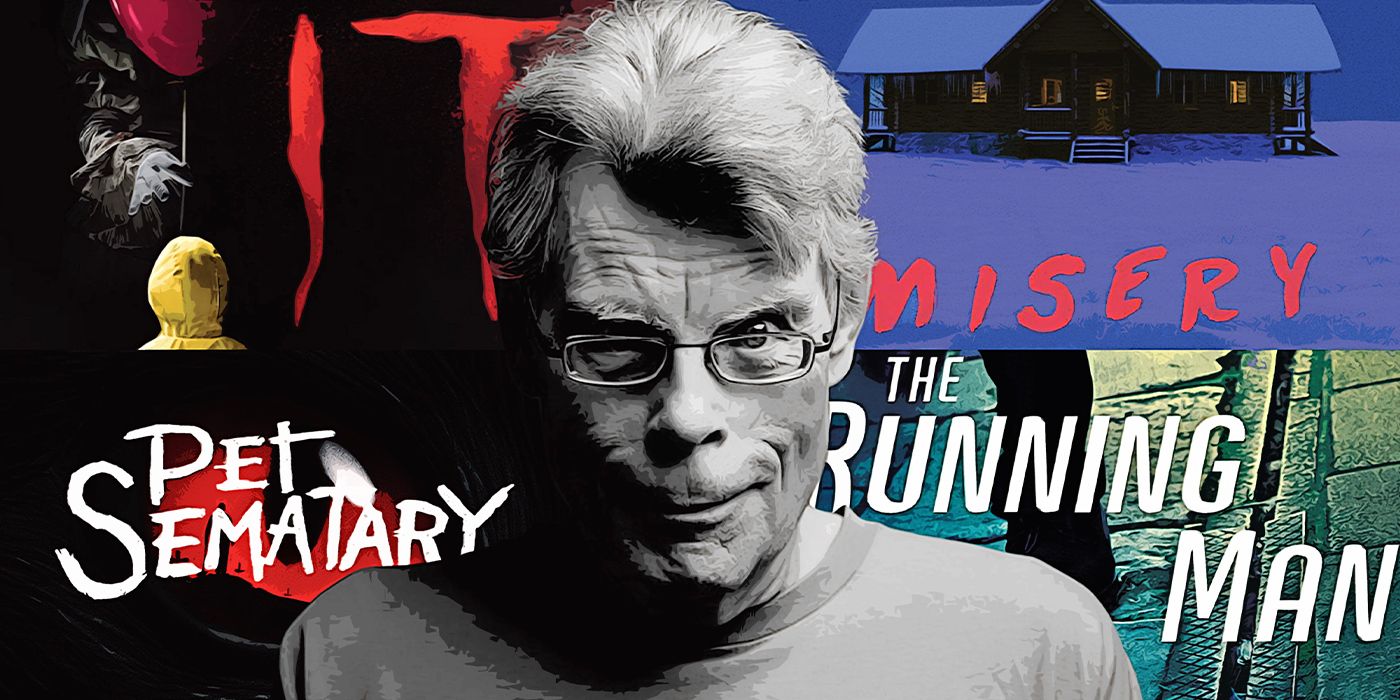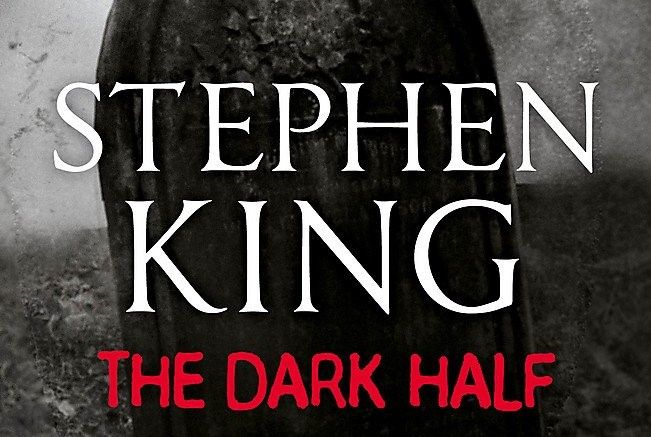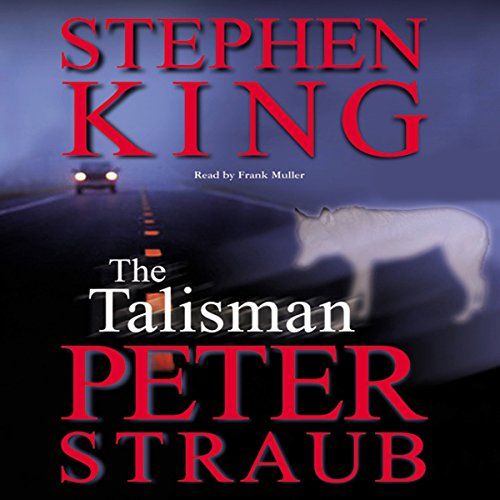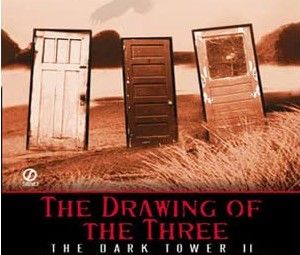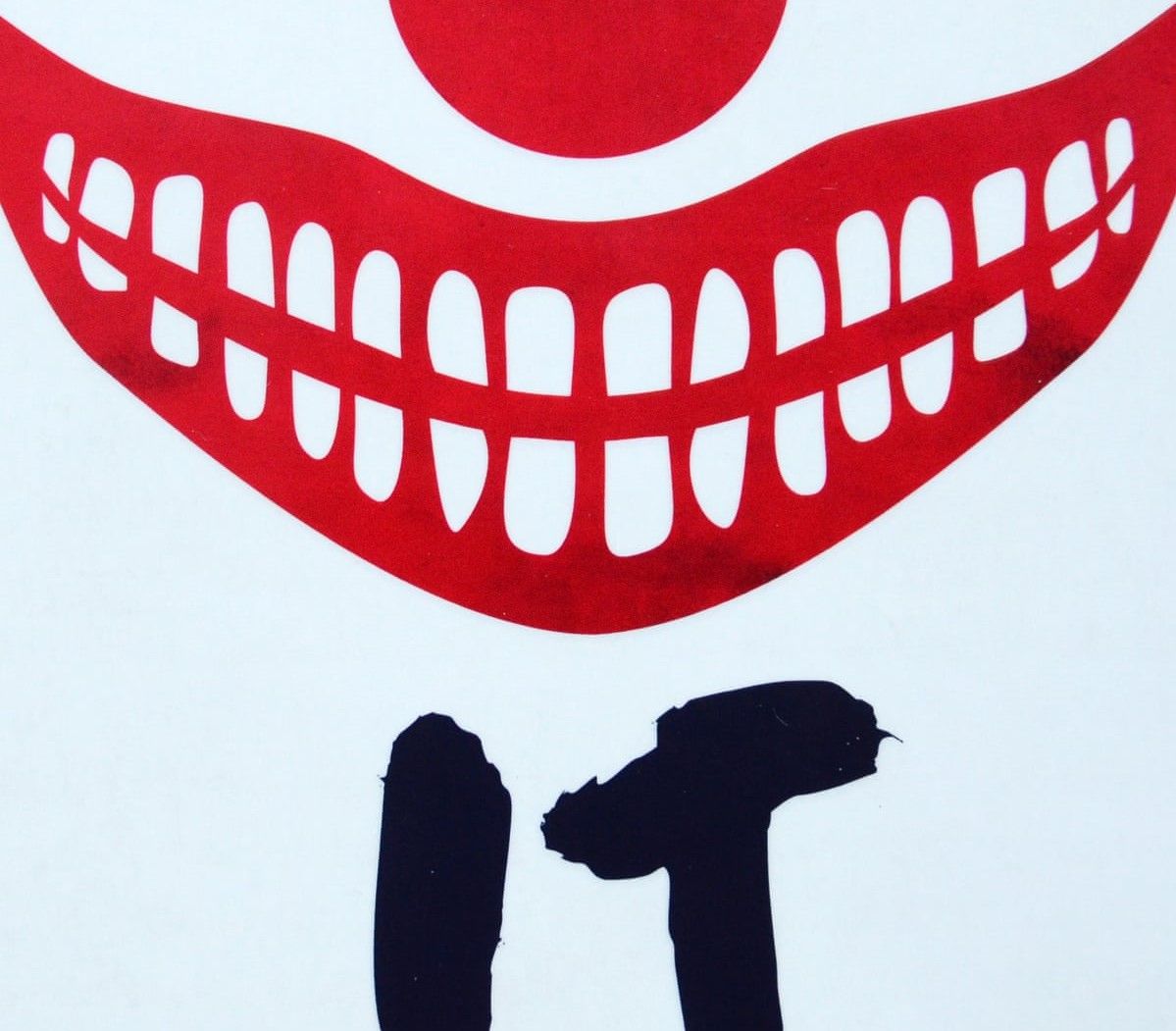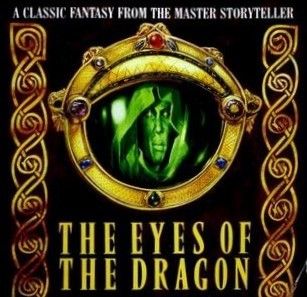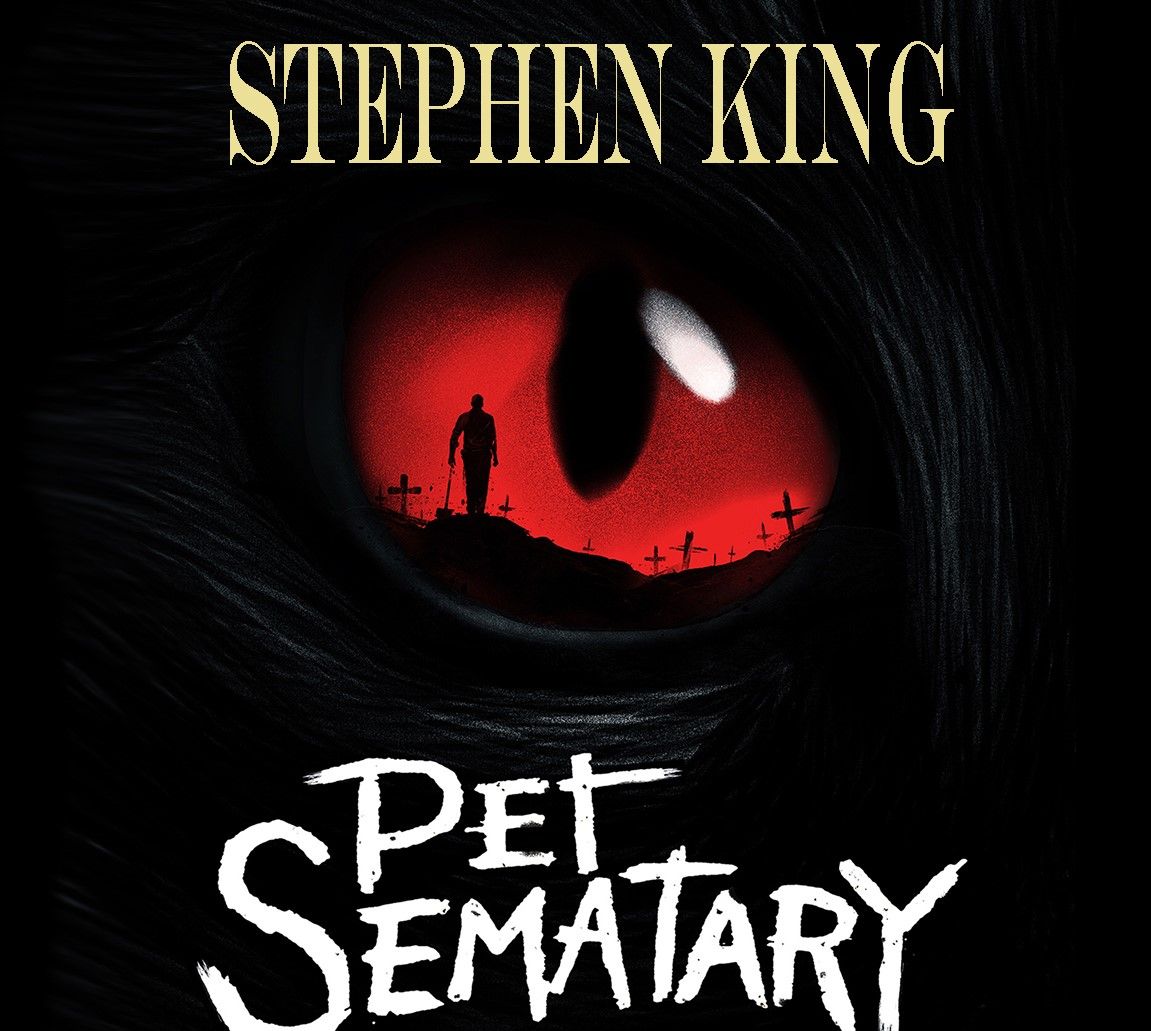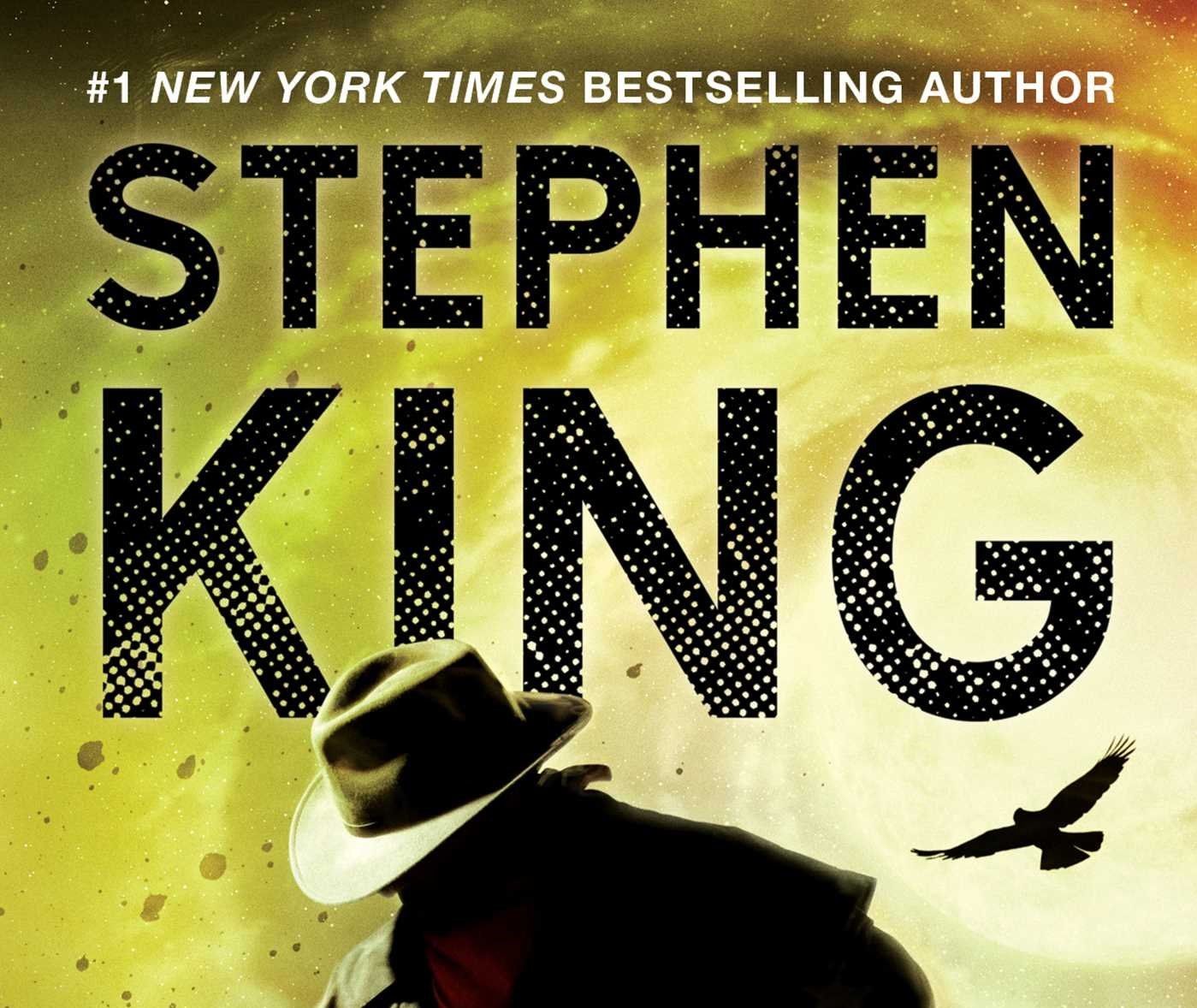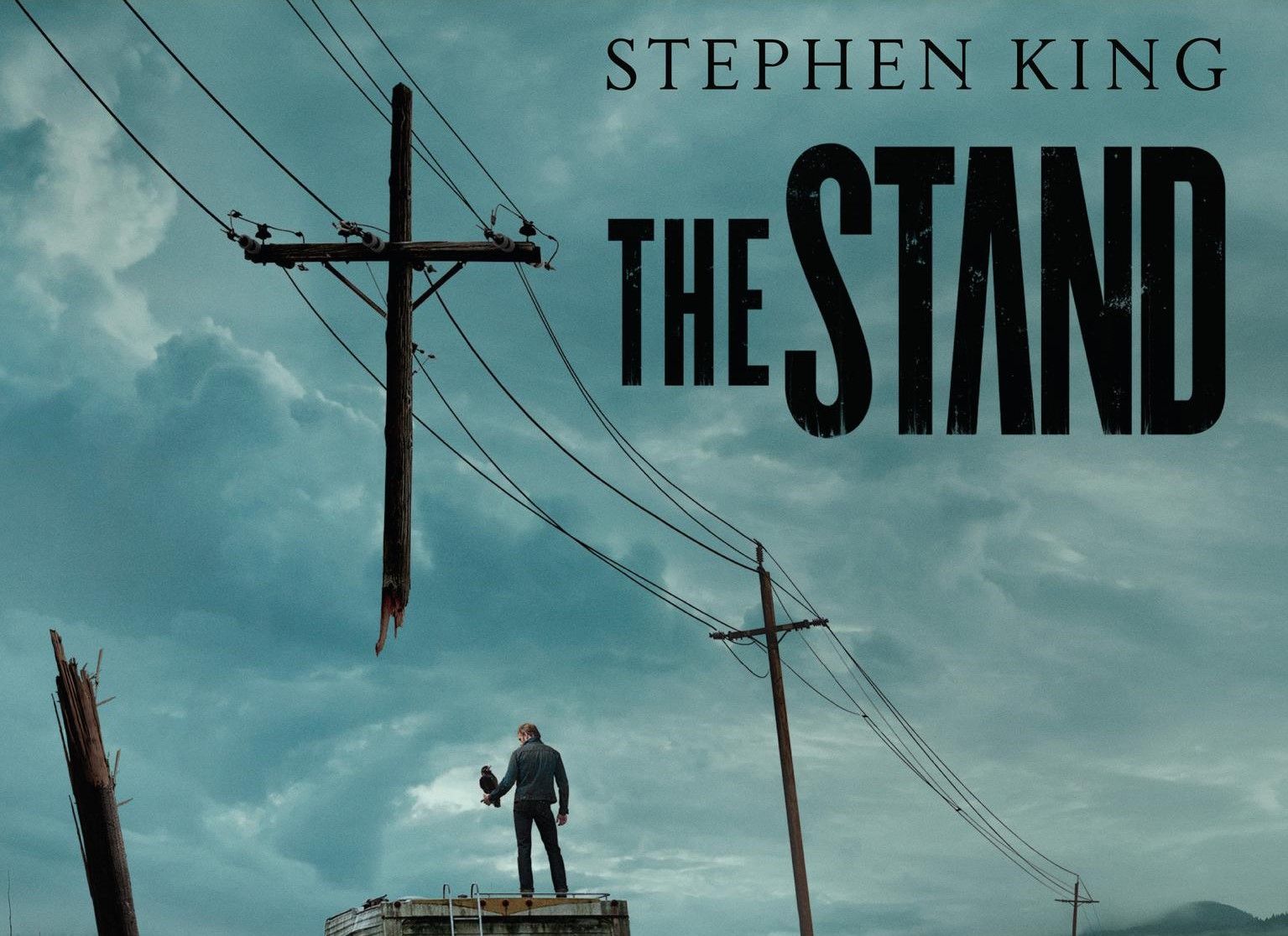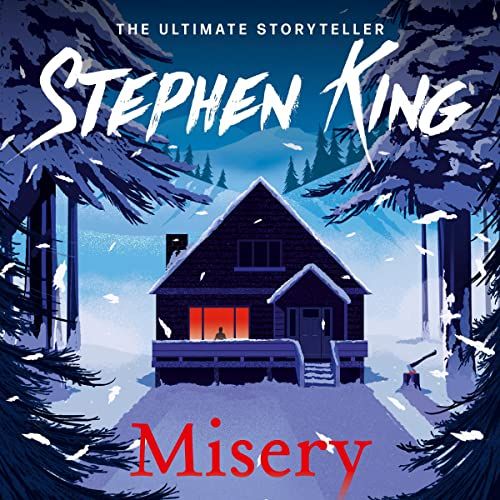By the time 1981 rolled around, Stephen King had already published The Stand, ‘Salem’s Lot and The Shining. These three books still regularly top the favorites lists of many fans. Having created the template for the modern horror blockbuster novel, King proceeded to not only define horror fiction, but the entire genre, as his bestsellers received a series of high-profile film and television adaptations.
For King, the '80s was the decade where he truly hit his stride, publishing 16 novels (under his name as well as his now-departed pseudonym, Richard Bachman), three short story collections, and what ought to be considered a landmark nonfiction treatise on the horror genre, Danse Macabre.
Here are King's top 10 novels of the 1980s, ranked.
10. Christine
Nerdy and often bullied teenager Arnie buys a broken-down, red-over-white 1958 Plymouth Fury from Ronald LeBay. Arnie’s friend Dennis has a spooky experience inside “Christine,” but Arnie buys her anyway. As Arnie restores the car, he changes. Arnie takes on LeBay’s humorless, cynical attitude, even as his confidence grows enough to start a relationship with his classmate Leigh. Soon, however, Dennis and Leigh suspect that Christine is responsible for a spate of car-related murders around town.
Dismissed for years as King’s “haunted car” book, revisiting Christine reveals a multilayered story about the seductive quality of being an outcast, and the lengths someone would go to belong to someone… or something. Former American Gods showrunner Bryan Fuller is currently readying a new, “more faithful” adaptation, which could yield something very special indeed.
9. The Dark Half
King’s publishing adventures as Richard Bachman came to an end after he was outed as the man behind the pseudonym. Shortly thereafter, he published The Dark Half, the tale of a novelist whose pseudonym comes to life and goes on a killing spree. The reading public ignores Thaddeus Beaumont’s serious, “literary” books, but the gory, violent thrillers he writes under his pen name George Stark are bestsellers. After Thad is outed as Stark, he and his wife “bury” the pseudonym, only for Stark himself to rise from the mock grave and go after Thad, his family and anyone involved with the mock burial.
The Dark Half explores “meta” territory long before such a thing had entered popular consciousness. King explores the bifurcation of a writer’s mind, with Thad’s pseudonym representing not just the darker side of Thad’s personality, but King’s understanding (and dark parody) of the kind of lurid subjects that drove his book sales. Stark is not just the dark half of Thad’s subconscious, but the embodiment of his commercial success. If he’s “not a very nice guy,” as his mock tombstone reads, what does that say about King’s feelings about his own success?
8. The Talisman
Twelve-year-old Jack Sawyer is on the run with his mother, a former B-movie star named Lily Cavanaugh. He discovers that he can “flip” into a parallel dimension called the Territories, where most people have doubles known as “Twinners.” Jack suspects that his mother is sick, and sure enough, the mysterious “Speedy” Parker shows up to confirm that not only is his mother dying of cancer, the only thing that can save her is the Talisman, a magical object located in the Territories. Jack embarks on an epic, journey across America and the Territories in his effort to save his mother, whose Twinner happens to be Laura DeLoessian, the queen of this other realm.
A collaboration with author Peter Straub, The Talisman remains a wondrous and fascinating entry into both writers’ bibliographies. Straub, who wrote some well-received supernatural horror and thriller novels in the ‘70s and ‘80s, merges his cool, incisive style with King’s expansive imagination, yielding one of the more unique fantasy-horror hybrid titles of the decade.
7. The Dark Tower II: The Drawing of the Three
Roland of Gilead, the last gunslinger in a surreal alternate universe which resembles a psychedelic post-apocalyptic dystopia, discovers three doors standing freely on an apparently endless beach. He has been infected by the giant lobster-creatures that come on the tide and is slowly dying. Each door leads to the mind of three people from our Earth. Roland must “draw” them all into his world to help him on his quest for the Dark Tower, a sort of linchpin holding reality together.
The Drawing of the Three is a much more complete volume than the first Dark Tower book, and is the most experimental of the entire series. King follows Roland as he enters New York City at three different points in history: the late ‘80s, the early ‘60s and the late ‘70s. This approach helps The Dark Tower stand out from its fantasy-horror contemporaries, and many a Dark Tower fan found themselves hooked on the saga, thanks to this fascinating second volume.
6. It
Few small towns seem to attract disasters like Derry, Maine. In the summer of 1957, a group of preteen misfits face an ancient evil that emerges from hibernation every quarter-century or so to kill and feed on both the townspeople and Derry’s general awfulness. The members of the Losers Club grow up and apart, moving away and becoming successful nearly across the board. However, when the evil — masquerading as a demented, grotesque clown called Pennywise — returns 30 years later, they must return to their hometown to stand against it.
It has come to stand for King at perhaps his most prototypical: a sprawling cast of working class characters, a small town evil (or just an evil small town), rich, detailed prose, and a classic showdown between the forces of light and darkness. It might be a bit too sprawling, suffering a bit from the type of bloat King could get away with, being the bestselling author of all time. Director Andy Muschetti’s superlative, two-part film adaptation only underscores how powerful and universal It’s themes really are.
5. The Eyes of the Dragon
In the faraway kingdom of Delain, old King Roland’s court magician, a mysterious (and possibly immortal) wizard named Flagg poisons him to prevent Roland’s oldest son, the strong and wise Prince Peter, from inheriting the throne. Instead, Flagg installs Roland’s younger son, the deeply insecure, co-dependent Thomas, as king. As Peter’s devoted best friend Ben and his butler Dennis devise a way to release him from his tower prison, Flagg steers the kingdom toward his desired endgame: a thousand years of chaos and anarchy.
King doesn’t always find success when he swerves out of his comfort zone and into other genres (see The Running Man), but The Eyes of the Dragon is a home run of a high-fantasy novel. King takes many staples of the genre — dragons, magic, royal intrigue — and makes them his own. He also slyly drops echoes and references to other works: Flagg is the villain of The Stand, for example, and Roland is the protagonist of his Dark Tower series. While King makes it clear with references in later Dark Tower novels that The Eyes of the Dragon is connected to that universe, it stands on its own as a first-rate, satisfying experience.
4. Pet Sematary
Frazzled family man Dr. Louis Creed moves his wife Rachel and two kids — daughter Ellie and son Gage — from Chicago to the tiny burg of Ludlow, Maine. Louis meets his surrogate father in their neighbor Jud Crandall, an old man who shows Louis and Ellie the pet “sematary” in the woods behind their property. When Ellie’s beloved cat Winston Churchill (“Church”) is flattened by the ever-speeding trucks out on the highway, Jud shows Louis the other burial ground out in the woods. Louis buries Church, and the cat comes back to life. When Gage tragically runs out in front of one of the trucks, Louis’ grief drives him to bury his son out there as well.
King’s wife, the wonderful novelist Tabitha King, reportedly hated Pet Sematary, and the reaction is understandable. In Pet Sematary, King yokes a classic horror trope — the Thing in the Deep, Dark Woods — to the very immediate and relatable trauma and pain of losing a child. It remains one of King’s most haunted and disturbing books, an exercise in bleak and unrelenting horror that still ranks among his best work.
3. The Dark Tower: The Gunslinger
King begins his epic magnum opus The Dark Tower with The Gunslinger, introducing readers to Roland Deschain of Gilead, the last gunslinger in a bizarre world that has slipped into widespread anarchy and chaos. Roland hopes to find the Dark Tower, a kind of linchpin holding reality together, and somehow stop or reverse the darkness there. The Gunslinger follows Roland as he follows the mysterious man in black across a vast desert. He meets Jake, a boy who died in our world and woke up in Roland’s.
As we have seen, King has mixed results when he veers away from the horror genre. Sometimes it works (The Eyes of the Dragon), sometimes it doesn’t (The Running Man). The first Dark Tower book has been edited and expanded since its first publication as a single volume in 1982, but its stark prose and vivid imagery is as powerful as ever. There is no other King book quite like it.
2. The Stand — Uncut Edition (1990)
King’s first half-decade as a novelist saw the publication of some of his most iconic books: Carrie in 1975, The Shining in 1977, and then The Stand came along in 1978. Encompassing multiple characters across the continental United States, The Stand tracks the devastating aftermath of a flu pandemic. Engineered by the military, the “Superflu” wipes out most of humanity, leaving survivors to fight a whole new battle of good vs. evil, embodied by the citizens of the Boulder Free Zone led by the ancient Mother Abigail on one side and the folks in Las Vegas who align with “Dark Man,” Randall Flagg, on the other.
Many King fans still think The Stand is his greatest novel. This is highly debatable, but even the original, abridged version contains a breadth of imagination few other authors would attempt, let alone surpass. The 1990 uncut edition replaces more than 400 pages King’s publishers cut, mostly because publishing a book that large was just a headache. The uncut edition adds a lot more texture to the wider universe of the Superflu pandemic (a tough read these days). The standout section follows the Trashcan Man’s journey across the Rocky Mountains with a dangerous psychopath called the Kid, and ranks high among King’s greatest sequences of flat-out horror.
1. Misery
Successful romance novelist Paul Sheldon finishes his latest book in a Colorado cabin and then decides to drive back to New York despite a gathering blizzard. He crashes and is dragged from the snow and nursed back to health by his number one fan, the dangerously insane Annie Wilkes. When she discovers that Paul has killed off his long-time protagonist, the plucky Misery Chastain, Annie flies into a rage. Paul writes for his life, as Annie demands that Paul bring Misery back to life, or else. Paul races to satisfy the fan from hell, but suspects she plans to kill them both when he’s done.
Misery is much more experimental than many readers realize or perhaps remember. Unlike the terrific Rob Reiner movie version written by William Goldman, King keeps us inside Annie’s house, usually in Paul’s room. Annie burns Paul’s new manuscript, a very different book from his Misery novels, and as Paul finds his way into what becomes Misery’s Return, those manuscript pages take up more and more space. Annie is one of King’s greatest monsters: a fan who expects exactly what she wants. King’s own addictions kept him captive before he, like Paul Sheldon, found the bravery to escape. Misery’s haunting one-world title is an apt description of that kind of pain, and it is the greatest novel he wrote during the 1980s.

